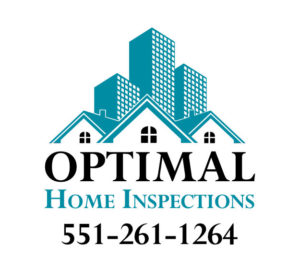A comprehensive list of the organisms that our lab can detect.
Predominantly Indoor Water-Related
The spores listed below the section “Predominantly Indoor Water Related” are spores which are not expected appear in the outdoor air commonly. Presence of these spore types indoors can be a strong indication of water damage, even at low levels.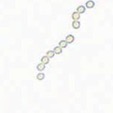 | Aspergillus/Penicillium Chains | Aspergillus/Penicillium spores appearing in attached chains can be indication of nearby fungal growth. Typically, airborne Aspergillus/Penicillium spores from the outdoors will separate and appear on air samples as individual spores. |
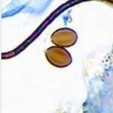 | Chaetomium | Water damage indicating mold that can be found on damp building materials such as drywall, paper, and wood. Some species can produce mycotoxins. |
 | Clado-Sphaerospermum | A specific species of Cladosporium that can be reliably identified visually and which requires more moisture to grow. This allows it to be a suitable indoor water-damage-indicating mold. |
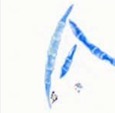 | Fusarium | A common plant pathogen that may also impact very wet building materials and humidifiers indoors. Other indoor sources may be molded fruits. Some species may produce mycotoxins. |
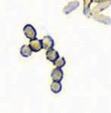 | Gliomastix | An uncommon mold occasionally recovered from water-damaged building materials. Toxicity and human health effects not known. |
 | Scopulariopsis | A naturally occurring soil fungi that can also grow on water-damaged building materials. Scopulariopsis has a similarly high water activity as Stachybotrys. |
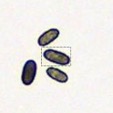 | Stachybotrys | A sticky, pigmented spore that can grow on cellulose containing building materials such as paper and wood. Due to the sticky nature of these spores, hidden, undisturbed growth may be difficult to detect with routine air sampling. Stachybotrys has been referred to as “toxic black mold” in the media; however the specific health effects from exposure to Stachybotrys has not been established and is still the subject of ongoing scientific research. Some species can produce mycotoxins. |
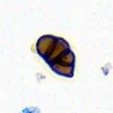 | Ulocladium | Water damage indicating mold, can be found in outdoor air samples. Spores may be confused with Alternaria or Pithomyces. Major allergen. |
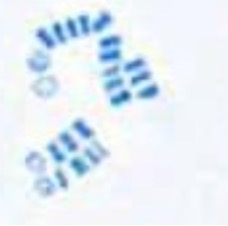 | Wallemia | Wallemia is a xerophile that can grow on relatively dry surfaces. Can be found growing on exposed wood and in house dust. |
Indoor/Outdoor
The types of mold that appear under the section “Indoor/Outdoor” are types which can be found frequently in the outdoor air, but also can be found growing on building materials indoors. The presence of these types of mold indoors is not always an indication of water damage, concentrations should be compared closely to outdoor reference samples.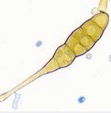 | Alternaria-like | A common outdoor mold that may also be found growing on damp building materials. Can be an opportunistic human pathogen, and some species may produce mycotoxins. |
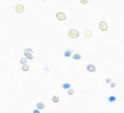 | Aspergillus/Penicillium | Aspergillus/Penicillium an aggregate group of spores that are reported together due to the common morphology found amongst these spores. In non-cultured samples, a more specific identification can not be made without additional structures such as condiaphores. Aspergillus and Penicillium one of the most common outdoor molds, but can also be found growing on water damaged building materials indoors. Some species may also grow in properties with chronic humidity issues. Some species may produce mycotoxins. Some species may be potential human pathogens. |
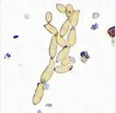 | Cladosporium | One of the most common molds in the world, ubiquitous outdoors but also found in high concentrations in water damaged buildings. |
Predominantly Outdoor
“Predominantly outdoor” molds are types that are found naturally in the outdoor environment, which do not readily grow on building materials indoors.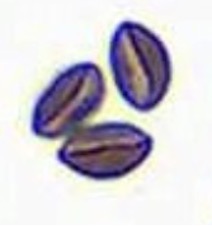 | Arthrinium | Generally an outdoor mold, but on occasion can be found growing on damp cellulose building materials. |
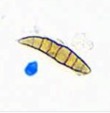 | Ascospore | The Ascospore group represents a very large group of fungal spores that are produced by Ascomycota, otherwise known as Sac fungi. This group is generally represented by unimportant spore types that most likely originate from the outdoors. Spores from specific Ascomycota of note, such as Chaetomium, are reported separately and are not included in this report group. |
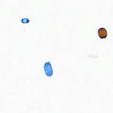 | Basidiospore | The Basidiospore group represents the group of spores produced by Basidiomycota. Basidiomycota includes many macrofungi such as mushrooms, puffballs, brackets, and more. Basidiospores found indoors nearly always originate from the outdoor environment. |
 | Bipolaris | One of the most common fungal allergenic agents. Plant pathogen and soil based fungi. |
 | Bispora | Mitosporic fungi that can rarely be recovered on damp wood materials. |
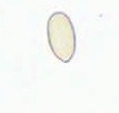 | Botrytis | Plant pathogen found commonly on fruit. |
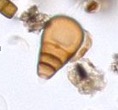 | Brachysporium-like | Outdoor fungi that is found in soil and decaying wood. |
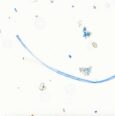 | Cercospora | Mitosporic fungi which is a plant pathogen. Dispersed by wind, can be found in very high numbers in agricultural areas. |
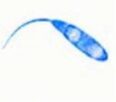 | Chaetoconis | Plant pathogen |
 | Coelomycete | Asexual fungi that produce spores in fruiting bodies. Many are plant pathogens. Infrequently impact IAQ due to spores not being readily dissipated by air movement. |
 | Curvularia | Outdoor fungi that can rarely be recovered from water damaged fabrics. |
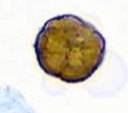 | Epicoccum | Commonly found in outdoor air, uncommon growth on building materials indoors. Juvenile spores may be confused with Stemphylium, Alternaria, Pithomyces, or Ulocladium |
 | Exosporium | Plant pathogen |
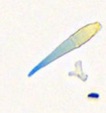 | Fusicladium | Agricultural pathogen affecting many different crops. |
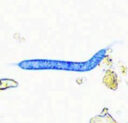 | Lasiosphaeria | Found on dead, decorticated deciduous trees throughout the world including Canada, Costa Rica (as L. chrysentera Carroll & Munk), Denmark, England, France, Germany, New Zealand, Philippines, Russia, Switzerland, and USA. |
 | Mitospore | A group of undifferentiated asexual fungal spores. These spores can be determined in being asexual spores, but can not be differentiated further. |
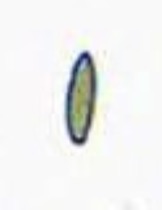 | Myrothecium | An outdoor fungi that inhabits plant surfaces and soil, as well as the fruiting bodies of some mushrooms. This mold is extremely rare on building materials. |
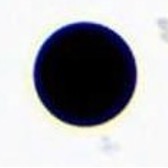 | Nigrospora | Common in the outdoor air, especially in warmer climates. Grows on plant material and soil and has an active spore dissemination. |
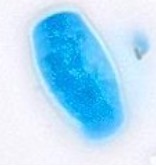 | Oidium | Also known as “powdery mildew”, this fungi only grows on plants and does not affect building materials. |
 | Paecilomyces | This mold is mainly found outdoors growing on decaying plant material. Can be found indoors growing on spoiled food and rarely on building materials. Individual spores may be misidentified as Aspergillus/Penicillium. Some species can rarely cause infections in humans. |
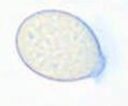 | Peronospora | Also known as “downy mildew”, this fungi only grows on plants and does not affect building materials. |
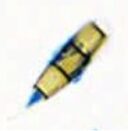 | Pestalotiopsis | An ascospore that is found growing on plants. Some species have the unique ability to grow on synthetic polyurethane polymers. |
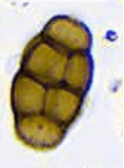 | Pithomyces | Generally common outdoor mold that grows on plant debris and soil, this can very rarely be found growing on paper indoors. |
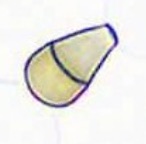 | Polythrincium | A distinctly shaped spore, human impact has not been studied. This fungi does not affect building materials. |
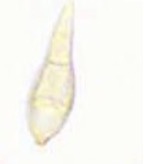 | Pyricularia | Plant pathogen that affects many different grain crops. |
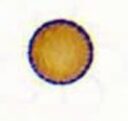 | Smut, Perconia, and Myxomycete-like | This class is generally made up of various plant pathogens/parasites with a common morphology (round/brown). Smuts and Perconia do not grown indoors, Myxomycetes can rarely be found growing on building materials. |
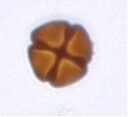 | Spegazzinia | Spores with a very distinct lobed morphology, does not grow on building materials indoors. |
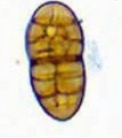 | Stemphylium | This fungi grows on plants, and can be misclassified as Ulocladium. Very rarely can be found growing indoors. |
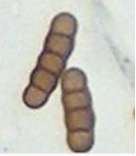 | Torula | Outdoor fungi that grows on various types of plant material, including decaying plants and crops. |
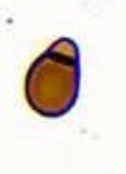 | Trichocladium | Rare outdoor fungi, many species are marine molds growing on submerged wood. Other species can be found growing on plants and soil. |
| Unidentified Spore | Objects which can be identified as fungal spores, but can not be differentiated further. | |
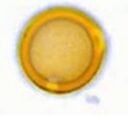 | Urediniospores | Thin walled spores produced by Rust fungi during the uredium life stage. |
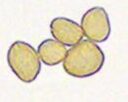 | Zygomycetes | A large group of fungi including Mucor and Rhizopus. These fungi are rapid growing, and can be found growing in soil, dung, and on plants. Some species can cause infections in humans. Indoors, these fungi do not typically impact building materials, but can be present in spoiled food. |
 | Zygophiala | Plant pathogen that causes blot disease on a number of hosts. |
Background Particulates
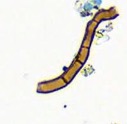 | Hyphal Fragments | Hyphae is the filamentous growth structure for mold. A low level of hyphal fragments indoors in not concerning, however if hyphae is present in large numbers it may indicate indoor growth nearby. |
 | Pollen | General class for pollen grains from plants. |
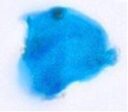 | Skin Fragments – Human | Skin cells that appear to be human in source. |
 | Skin Fragments – Animal | Skin cells that appear to be non-human in source. Low levels of these skin cells can be present outdoors and in homes with no history of pets. |
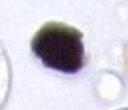 | Carbon | Airborne carbon can come from a number of sources such as combustion (stoves, candles, cars, etc) or road dust |
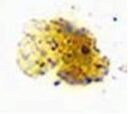 | Soil | Conglomerate debris collected in the sample that appears to be soil related. |
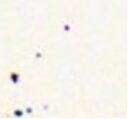 | Particulate: <2.5 microns | Number of objects collected on the sample between ~1um and 2.5um. |
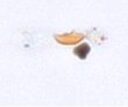 | Particulate: 2.5 – 10 microns | Number of objects collected on the sample between 2.5um and 10um. |
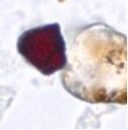 | Particulate: >10 microns | Number of objects collected on the sample larger than 10um. |

